The
Wildlife of Kimpton
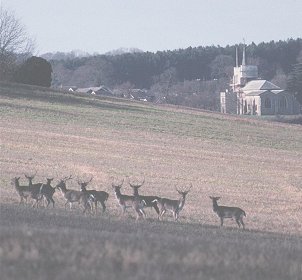
Photograph courtesy Tom Kittle
Kimpton Parish is set in the gently rolling countryside of Hertfordshire. The land surrounding the settlements in the Parish is mainly farmland with some remaining hedgerows and scattered areas of mixed woodland.
Some of the hedgerows were planted in the 18th and 19th centuries as a result of the Enclosure Act and some date back to medieval times,. The hedgerows contain such species as hawthorn, dogwood, field maple, holly, spindle, guelder rose, elder, blackthorn and hazel.

Photograph courtesy Stephen Tees
The woodlands are mainly mixed deciduous, some of which are ancient woodland with new plantations. The woods to the North of the village abound with bluebells and a few wood anemones, although, sadly, these are gradually being smothered by brambles.
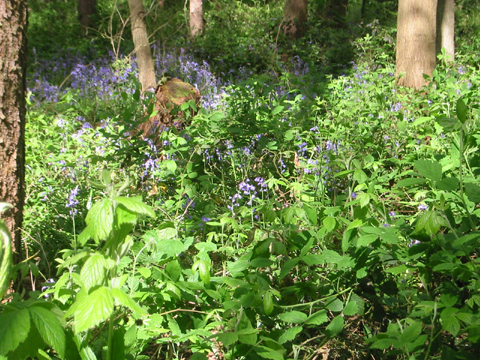
Elsewhere in the Parish, snowdrops and cowslips grow wild.
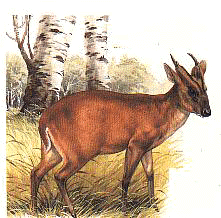
Muntjacs are often seen in woods, fields and gardens - these deer were introduced to the Duke of Bedford's estate in Woburn in 1900 and those which escaped managed to survive and breed in the wild. They are now common over much of mid and southern England.
Badgers can also be found in the Parish, as well as foxes, and hares.
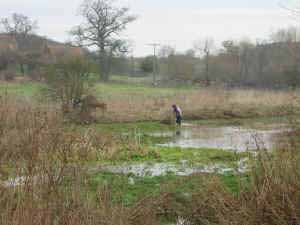 To the East of the Parish is a small area of wetlands. These were formerly watercress beds, but after some time of disuse, they were restored and are being managed by Kimpton Environmentalists and regularly monitored by a member of the British Trust for Ornithology. A wide variety of birds have been sighted or ringed there such as:
To the East of the Parish is a small area of wetlands. These were formerly watercress beds, but after some time of disuse, they were restored and are being managed by Kimpton Environmentalists and regularly monitored by a member of the British Trust for Ornithology. A wide variety of birds have been sighted or ringed there such as:
kingfisher, sedge warbler, reed warbler, reed bunting, little owl, common sandpiper, snipe.
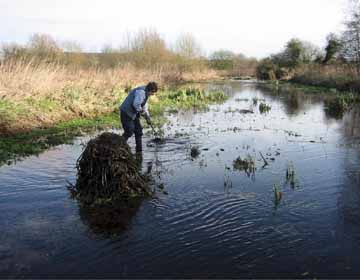
Photograph courtesy Catherine
Tees
The Parish has a network of 59 footpaths and bridleways covering approximately 30 miles in length. Kimpton Environmentalists
have produced a map showing all the footpaths in the Parish. The map can
be found next to the War Memorial on the High Street.
Photograph courtesy Catherine Tees